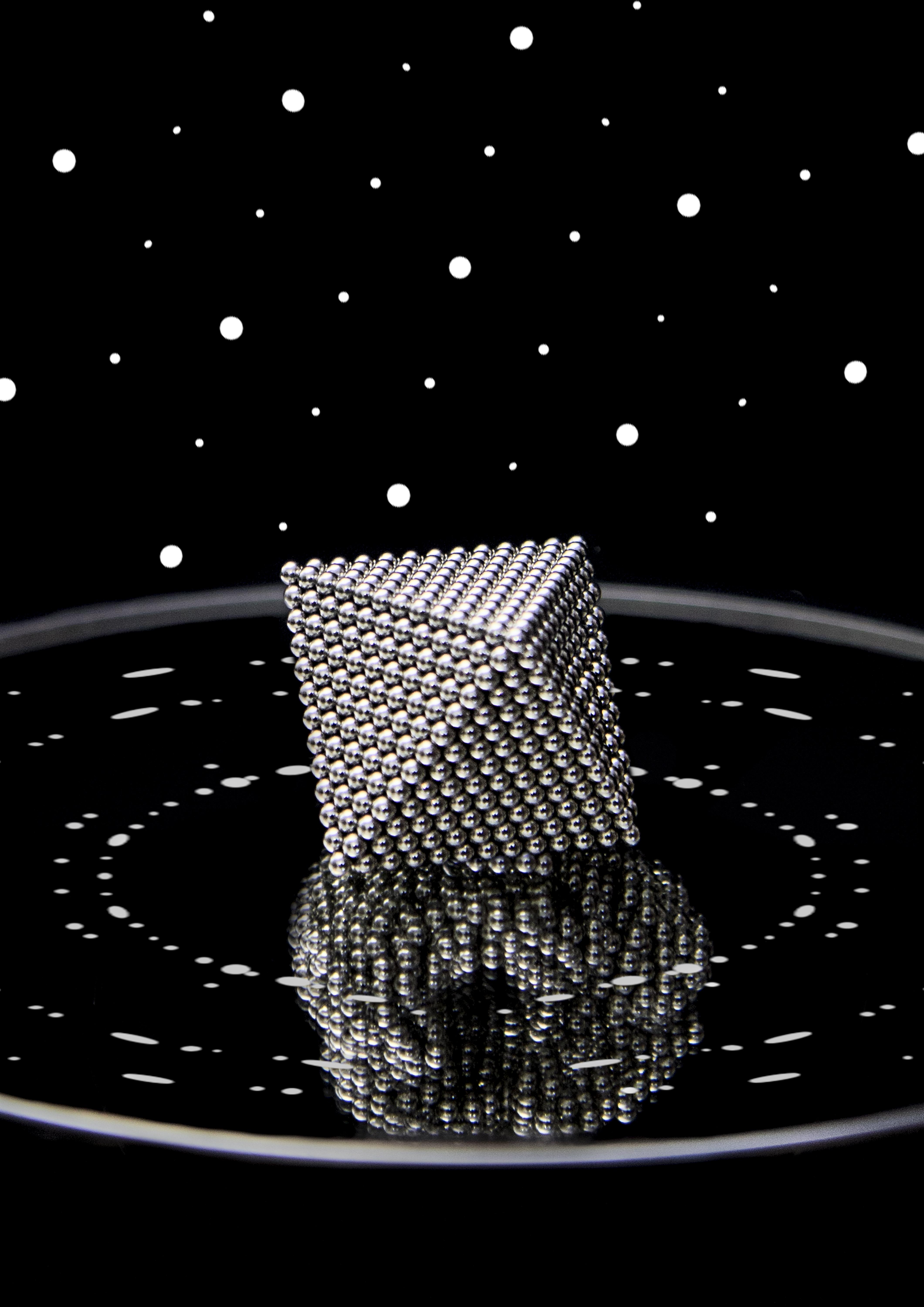Surface distortion as a unifying concept and descriptor in oxygen reduction reaction electrocatalysis
Les électrocatalyseurs à base de Pt contenant des défauts structuraux sont plus actifs et durables pour la réduction de l’oxygène à la cathode des PEMFC. L’utilisation de ces surfaces a permis de proposer un nouveau descripteur des propriétés catalytiques des électrocatalyseurs à base platine.
Par R. Chattot, O. Le Bacq, V. Beermann, S. Kühl, J. Herranz, S. Henning, L. Kühn, T. Asset, L. Guétaz, G. Renou, J. Drnec, P. Bordet, A. Pasturel, A. Eychmüller, T. Schmidt, P. Strasser, L. Dubau, F. Maillard.



